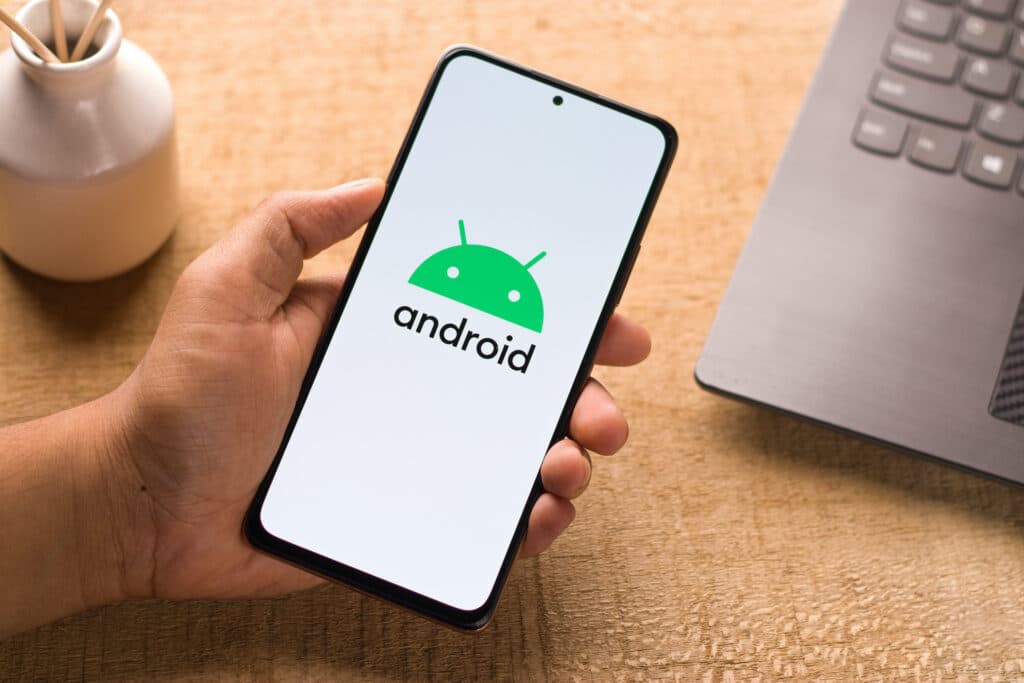Tip of the Week: Disable Wi-Fi Calling on Your Android Device

As mentioned in the title, this article is for Android users and Wi-Fi calling. As an Android user, you probably noticed the Wi-Fi calling option you get when you make or receive a call while connected to a network. This can be a great tool to use if you ever find yourself without cell service. […]
How (and Why) to Find Your IMEI on Android

Wouldn’t it be nice if you had an easy way to track your device even if it were lost or stolen? Thankfully, this feature exists to an extent for Android devices in the form of the IMEI, or international mobile equipment identity number. If you know this number, you could potentially help mitigate the issues […]
BlackRock Trojan: Aggressive Viral Menace For Android Device Users

A new attack on android applications known as the BlackRock trojan has already targeted over 300 applications on the android operating system, including banking, social media, and dating applications. Any application with payment features, which is most nowadays, has been targeted and users credit card information has been compromised. How does this all work though, […]
Taking a Look Inside Android Oreo

Ever since its announcement, Android’s latest operating system, 8.0 Oreo, has been making waves in the industry. So far, however, only select devices have the opportunity to use it. This doesn’t mean that you can’t take the opportunity to prepare for it, though. Here are some of the most important things to know about Android […]

